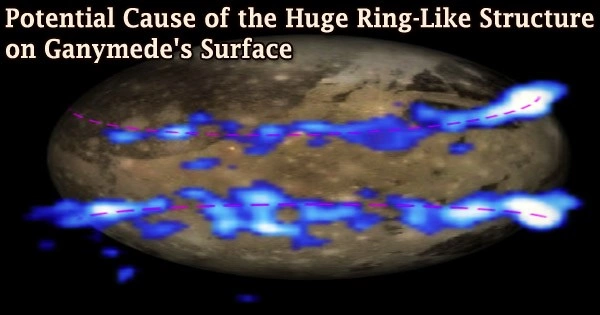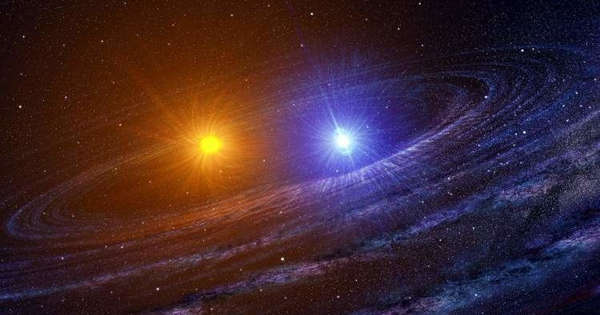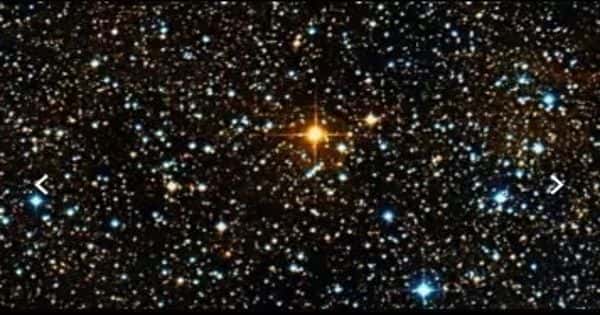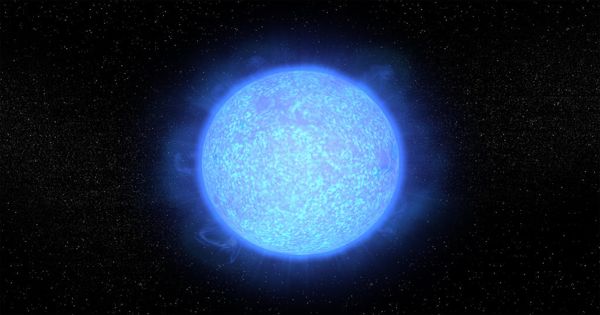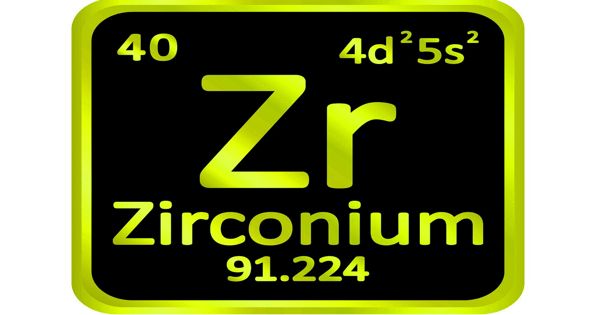A thorough reanalysis of the image data from the Voyager 1, 2, and Galileo spacecraft was carried out by scientists from Kobe University and the National Institute of Technology, Oshima College in order to determine the location and orientation of the ancient tectonic troughs discovered on Jupiter’s moon Ganymede.
They found that practically the whole surface of the satellite is covered in these troughs, which are concentrically dispersed. This global distribution suggests that these troughs could be a component of a single, enormous crater that covers Ganymede.
Based on the outcomes of a computer simulation performed at the National Astronomical Observatory of Japan (NAOJ) using the “PC Cluster,” it is hypothesized that this enormous crater may have been caused by the collision of an asteroid with a 150 km radius. If that is the case, the structure would be the greatest impact structure discovered thus far in the solar system.
The JUICE (Jupiter Icy Moon Explorer) mission of the European Space Agency seeks to advance our understanding of Jupiter’s satellites, especially Ganymede. JUICE will be launched in 2022 and will enter Jupiter’s system in 2029. This exploration is expected to corroborate the study’s findings and expand our knowledge of the origin and development of Jupiter’s satellites.
The research team consisted of Kobe University Graduate School of Science’s Assistant Professor HIRATA Naoyuki and Professor OHTSUKI Keiji (both of the Department of Planetology), and Associate Professor SUETSUGU Ryo of National Institute of Technology, Oshima College. The paper for this study was published online in Icarus on July 15.
Main Points
- One of Jupiter’s moons, Ganymede, has a surface covered with a lot of furrows, or trough formations.
- The research group comprehensively reanalyzed image data of Ganymede’s surface obtained by NASA’s Voyager 1, Voyager 2 and Galileo spacecraft.
- The findings showed that nearly every furrow on Ganymede’s surface appeared to be in concentric rings centered at a single location, suggesting that this massive multiring formation may be the remains of a large crater.
- The multiring’s radial extent, as measured along the surface of the satellite, is 7800 km. As a result, assuming it was created by an impact, it is currently the largest vestige impact crater found in the solar system.
- The results of the numerical impact simulation indicated that an asteroid with a radius of 150km impacting Ganymede at a speed of 20km/s would explain the observed structures on the satellite’s surface.
Research Background
In 1979 and 1980, respectively, Voyager 1 and Voyager 2 made close approaches to Ganymede, photographing the surface in great detail. Additionally, from 1995 to 2003, the Galileo spacecraft orbited Jupiter, collecting a significant amount of Ganymede photographic data.
The biggest satellite in the solar system, Ganymede is larger than both Mercury and Pluto combined. The genesis and development of the Jupiter system, and thus the solar system as a whole, is closely related to those of the moons around Jupiter, especially Ganymede.
As a result, there are numerous ongoing and upcoming spacecraft missions to explore the satellite system, such as the JUICE mission and the Europa Clipper. NASA’s JUNO mission is currently underway, and the Europa Clipper is slated to conduct a thorough investigation of Jupiter’s moon Europa in the near future.
The study was done to help with these spacecraft missions and to shed some light on a particular element of the genesis and evolution of Jupiter’s satellites. The group reanalyzed image data of Ganymede.
The study concentrated on tectonic troughs called furrows, which are thought to be the earliest surface structures on the satellite. The research team therefore proposed that by examining these geological structures, they may reconstruct the early history of Ganymede.
Research Findings
There are distinct regions of Dark Terrain and Bright Terrain on Ganymede’s surface. The incredibly old Dark Terrain is dotted with several still-existing craters and trough structures. Bright Terrain has few craters and is quite young. Over the whole surface of Ganymede, these two types of topography are randomly scattered and not in any particular order.
Due to the fact that furrows can only be seen on Dark Terrain and that numerous impact craters have since formed on top of them, furrows are thought to be Ganymede’s earliest geological features.
The distribution of these trough forms across Ganymede’s whole surface was reexamined in this study, which for the first time demonstrated that practically all of them are concentrically aligned around a single point.
The research revealed that these furrows cover the whole satellite in enormous, concentric rings. This suggests that Ganymede’s surface was once completely covered by a massive multiring impact crater before the Bright Terrain regions were formed. On the surface of Callisto, another of Jupiter’s satellites, there is still a ring formation resembling this one known as the Valhalla Crater.
With a radius of roughly 1900 km, the Valhalla Crater is now the solar system’s largest known multiring crater. The multiring crater on Ganymede, however, has a radial extent of 7800 kilometers as measured along the surface of the spacecraft.
To determine the size of the impact that created this enormous crater, the study team ran a simulation. This was done at the National Astronomical Observatory of Japan (NAOJ) using the “PC Cluster.”
The findings suggested that the features seen on Ganymede’s surface may have been created by an asteroid with a radius of 150 km striking the satellite at a speed of 20 km/s. Such an impact is thought to have happened some 40 million years ago.
Further Developments
The finding that a large-scale impact’s aftermath is still visible on Ganymede’s surface has major implications for how the satellite formed and evolved. For instance, Callisto, a satellite of Jupiter, is almost the same size as Ganymede, but it is thought that it lacks a layer-differentiated interior structure.
Ganymede, on the other hand, is believed to be made up of a distinct layer structure made of rock, iron, and ice. The formation of these distinct layers requires a tremendous amount of heat. It’s probable that the massive impact indicated before was what caused this heat.
The findings of this investigation will be extremely important for the Ganymede exploration plans planned for the ensuing decades. The Voyager and Galileo missions’ picture data only provide fragmentary views of the satellite’s surface.
By carefully examining the multiring formations and looking for more signs of large-scale impacts, it is believed that future explorations will be able to confirm or challenge the findings of this study. Hopefully, this will lead to a better comprehension of Ganymede’s history and evolution, as well as that of Jupiter’s other moons.
